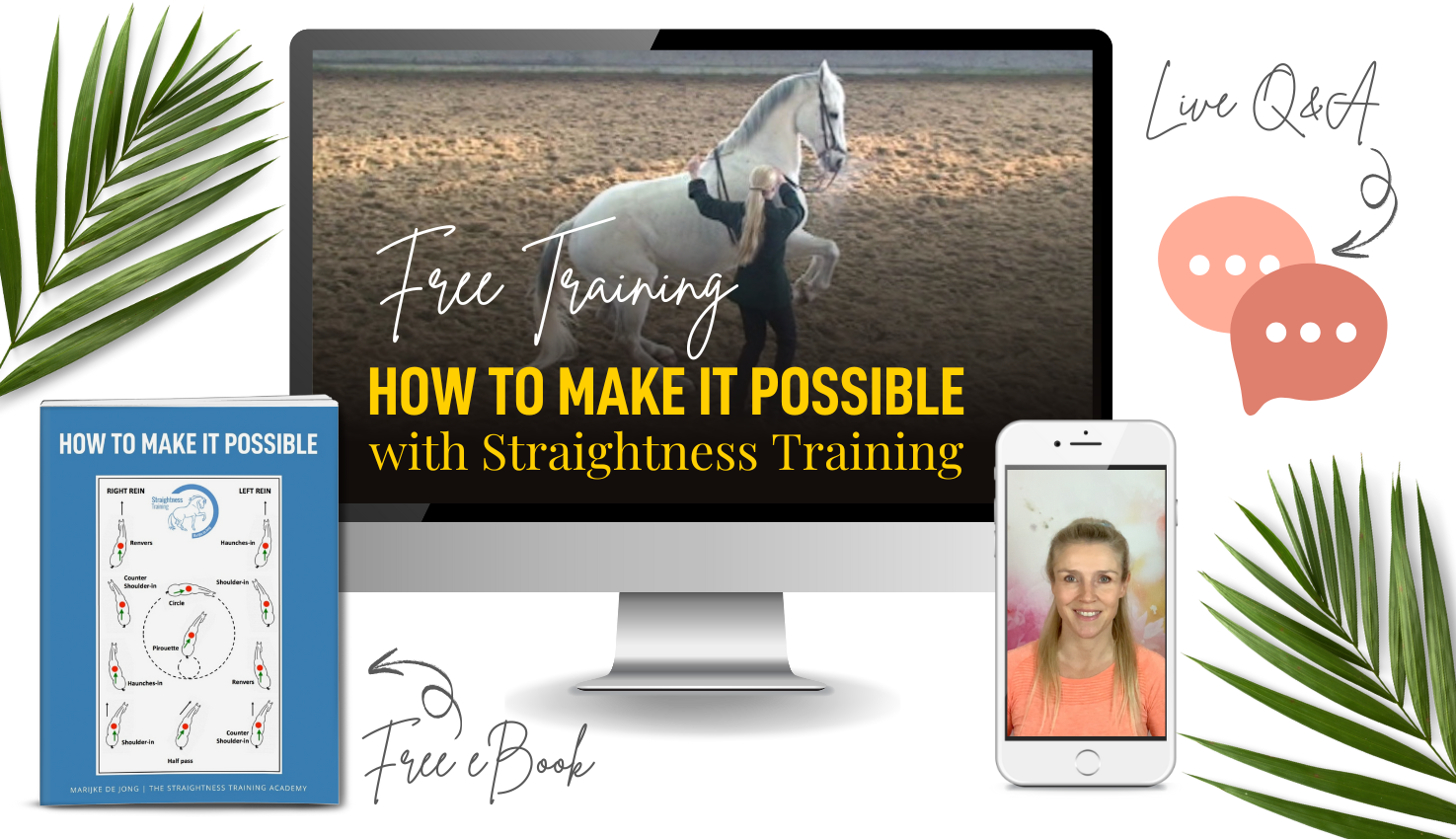
How To Deal With a Foal, One-Year-Old, and Two-Year-Old
The foal, one-year old and two-year old are not ready yet for Straightness Training. The young horse has to grow up first.
The horse starts his life as a foal. Within two hours after it is born, a foal will learn the instinctive skills it needs as a prey animal: to be able to flee. It is important that a newborn foal finds a positive contact with people within these two hours after birth, to make sure these positive impressions are forever printed in its memory.
In the first two weeks of its life, the young horse develops his senses: his hearing, smell, taste, touch and his vision. Therefore it is very important in these first two weeks to expose mare and foal to different surroundings. A rich and varied environment increases the youngster’s senses and will make it less scared in the future.
During the first six months, the youngster should mainly learn to be a horse. It is important to leave the foal grow up among other horses. This way, the youngster will learn horse language and social behaviors in the herd.
Growing up with other youngsters is very important. This way the youngster can play with other foals, one- and two-year-olds. This is beneficial for the development of bones, tendons and the general physical development.
The foal, one-year old and two-year old will learn how to be a horse through imprinting, observational learning, latent learning, social learning and habituation.

When the horse is three years old, the basic training with the human can begin.
Why not start before the age of 3?
It’s important not to start training and riding a young horse too early in his development, as it can cause physical damage because they are still growing.
Most horses reach their full adult height between the ages of 4 and 5. Horses grow quickly and reach about 90 percent of their adult height by age 2. It takes another 2-3 years to grow the remaining 10 percent.
An important growth process takes place in the skeleton. Horses have growth plates on the end of every bone in their bodies which allow their bones to grow. These plates are made from cartilage, but once they have finished growing they convert to bone:
- The plates of the bones that are involved in how tall a horse gets have usually converted by around 4 years of age.
- The bones of the vertebral column have usually fused when the horse is 5½ years old.
Only when the plates have converted and fused, the bones become less fragile, more durable, and less susceptible to damage.
Now you don’t have to wait for your horse to stop growing completely before you start riding, but it’s not advisable to start riding him too soon, because not only bones, but also joints, tendons, and ligaments are placed under considerable strain during training and riding.
Riding a horse too soon can cause problems:
- Damage to the growth plates
- Crushing some of the cartilage in the legs
- Deformities to the legs
- Musculoskeletal injury
- Lameness
- Spinal problems
- Stiff back
- Anxiousness
- Resentfulness
- Bolting
- Rearing
To avoid these problems, it’s best not to ride your horse before he’s at least 4, but preferably closer to 5½.
To prepare the horse for riding you can start at the age of 3 with basic training, groundwork, longeing, work in hand and liberty training.

